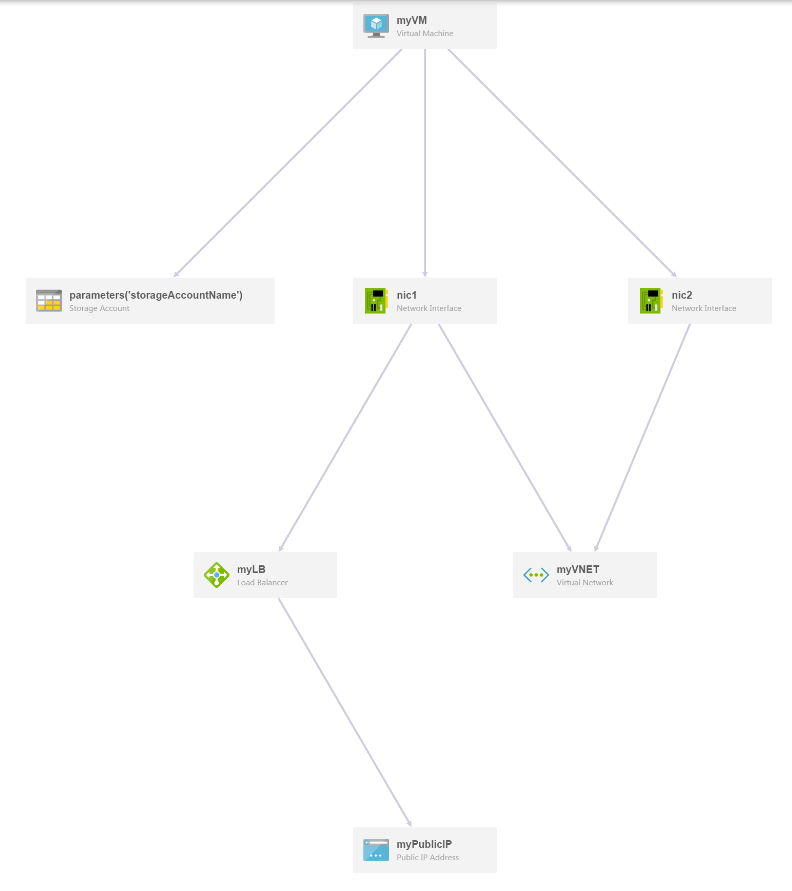In this article, I am going to touch on different tooling available for Azure Resource Manager (ARM). For anyone who does not know the Azure Resource Manager (ARM) is the service used to provision resources in Azure subscription using the new sets of APIs. I am not going to spend too much time on ARM in this post.
When creating ARM templates, you have multiple options as far as editors are concerned.
Visual Studio 2013:
You can download and install Azure SDK using platform installer. Once you install Azure SDK you will get an option for creating Azure Resource Group project. If you have option to use Visual studio then it is by far the best tool for creating and editing template for ARM.
Visual Studio Code:
Visual Studio Code is also an option when working with ARM templates. It is not as intuitive as Visual Studio but once you install Azure Resource Manager Tools, you will be able to get some intelligence when working with the ARM templates. Microsoft seems to be adding new features when it comes to VS Code but it will take some experience before you can start authoring your templates in VS Code.
Armviz.io
Armviz is one of my favorite tool when it comes to ARM templates. It not only allows you to author your templates, it also provides the visualization in terms of how your different resources are connected. E.g. it will show how your compute resources are depends on your storage account. When you go to Azure template gallery you will see two buttons. One to deploy to your Azure subscription and second option is to visualize the template. When selecting this option the template will be opened in Armviz.io.
Here is the sample from armviz.io.

So to summarize, if you already have Visual Studio then as a started you would probably better off using Visual Studio for authoring your ARM templates. If you do not have Visual Studio then you can use the armviz or Visual Studio Code.